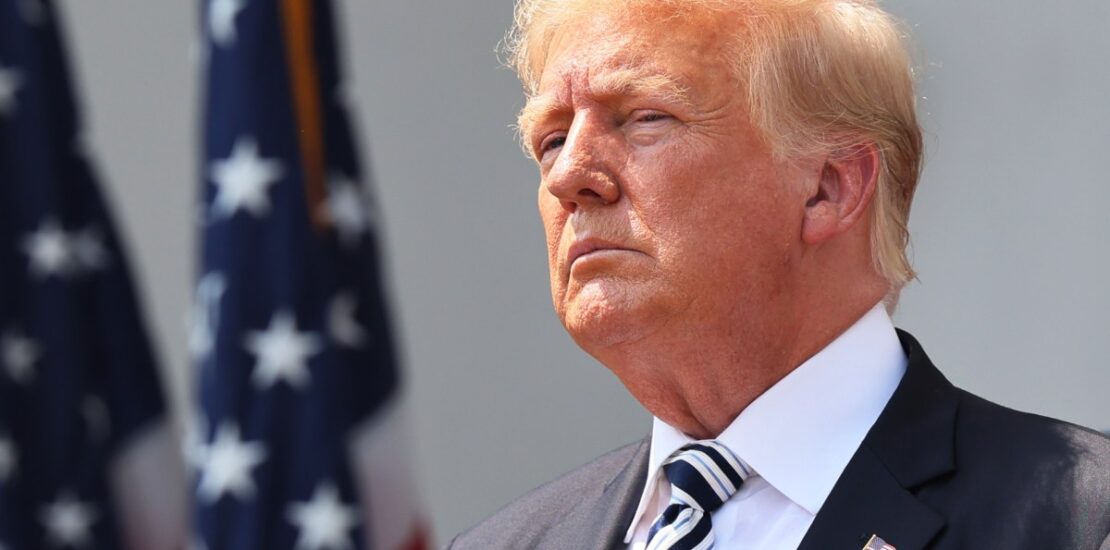What Trump’s victory could mean for AI regulation
- November 6, 2024
- Posted by: chuckb
- Category: TC Artificial Intelligence

The recent U.S. election cycle concluded with Donald Trump securing the presidency as the 47th president, along with the Republican Party gaining significant governmental control, including potentially the House of Representatives. This shift in power portends considerable changes in AI policymaking, as Trump has expressed his intentions to dismantle the existing frameworks put in place by the Biden administration, particularly focusing on the AI Executive Order (EO) he plans to overturn immediately upon taking office.
Biden’s AI Policy
The Biden administration’s approach to AI regulation was established through an executive order issued in October 2023. This decision arose in response to Congress’s failure to enact comprehensive regulations on AI, taking a route that emphasizes voluntary compliance. Biden’s AI EO encompasses various aspects of AI usage, including advancements in healthcare and measures to address intellectual property theft risks. However, two key provisions have drawn strong criticism, particularly from Republican lawmakers.
These provisions require AI developers to inform the government about their model training processes and results from security vulnerability tests. Additionally, the National Institute of Standards and Technology (NIST) is tasked with providing guidance to help companies identify and remedy flaws in their AI systems, including issues related to bias. Critics, especially aligned with Trump, argue these requirements are excessively burdensome and could deter innovation. They interpret the EO as an overreach, exploiting the Defense Production Act to impose stringent regulations on AI.
Trump’s allies have vocally opposed the administration’s policies on multiple fronts, suggesting they threaten to stifle innovation and entrench existing large tech companies. Notably, Trump pledged to cancel the AI EO and prohibit the use of AI for censoring American citizens, indicating a significant pivot from the current administration’s approach to AI governance.
Potential Changes Under Trump
The specifics of what a Trump-era AI policy might look like remain unclear. His previous executive orders generally focused on promoting AI research and development while prioritizing civil liberties, a contrast to the regulatory measures set forth by Biden. Trump has made broad promises about fostering AI development that emphasizes free speech but has not detailed specific policies.
Some Republicans advocate that NIST should concentrate on AI’s safety risks concerning national security without imposing new restrictions that could interfere with ongoing research and development. The fate of the AI Safety Institute, established under the Biden EO to study AI risks, is uncertain, despite a coalition of industry stakeholders calling for legislative measures to safeguard its existence.
Despite Trump’s acknowledgment of AI’s potential dangers and power demands, experts believe significant regulatory measures may not materialize. Political analyst Sarah Kreps suggests that even under a Trump presidency, attacks on the Biden EO may not escalate to the levels needed to abolish it entirely.
State-Level Initiatives and Legislative Changes
Under a Trump presidency, regulatory authority could become decentralized, leading to enhanced state-level actions. Several states have already initiated legislative measures addressing AI concerns. Tennessee implemented protections for voice artists against AI cloning, while Colorado adopted a risk-based regulatory framework concerning AI usage. California’s recent legislation mandates transparency in AI training details, reflecting a growing trend for states to fill regulatory gaps left by federal policies.
The potential for increased state regulation could lead to a patchwork of rules governing AI, complicating compliance for companies operating across state lines. State legislators have introduced nearly 700 pieces of AI-related legislation this year alone, indicating a robust interest in addressing technology’s evolving risks at the local level.
Impact of Protectionist Policies and Trade Considerations
Experts anticipate that Trump’s presidency may result in more stringent protectionist policies concerning AI technology, particularly regarding exports to adversarial nations like China. Tighter export controls could exacerbate existing tensions, ultimately stymying global collaborative efforts to address AI regulation. This trend could allow authoritarian regimes to leverage AI in ways that threaten global stability, counteracting the calls for standardized international norms.
Trade policies could significantly influence the AI industry, as proposed tariffs — such as Trump’s suggested 60% tariff on Chinese-manufactured products — could drastically affect funding for AI research and development. These economic pressures might constrain access to crucial technologies and resources necessary for innovation in the sector.
Conclusion
The transition to a Trump presidency portends a potential shift away from the regulatory framework established by the previous administration, emphasizing a lighter regulatory touch and potentially leading to a fragmented approach to AI governance, with states stepping up where the federal government retreats. Policies concerning trade and technology may have profound implications for the AI sector, with potential tariffs and protectionist measures reshaping the landscape.
While the political dialogue surrounding AI governance has become increasingly partisan, experts urge that the conversation must transcend party lines to comprehensively address AI’s inherent risks and opportunities. The need for collaborative efforts to create effective governance solutions remains critical, as the impact of AI grows in significance across varied sectors of society and the economy.
